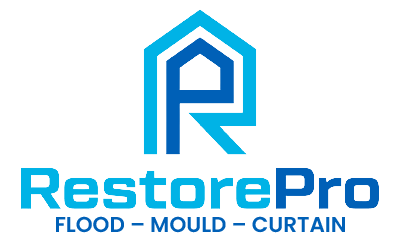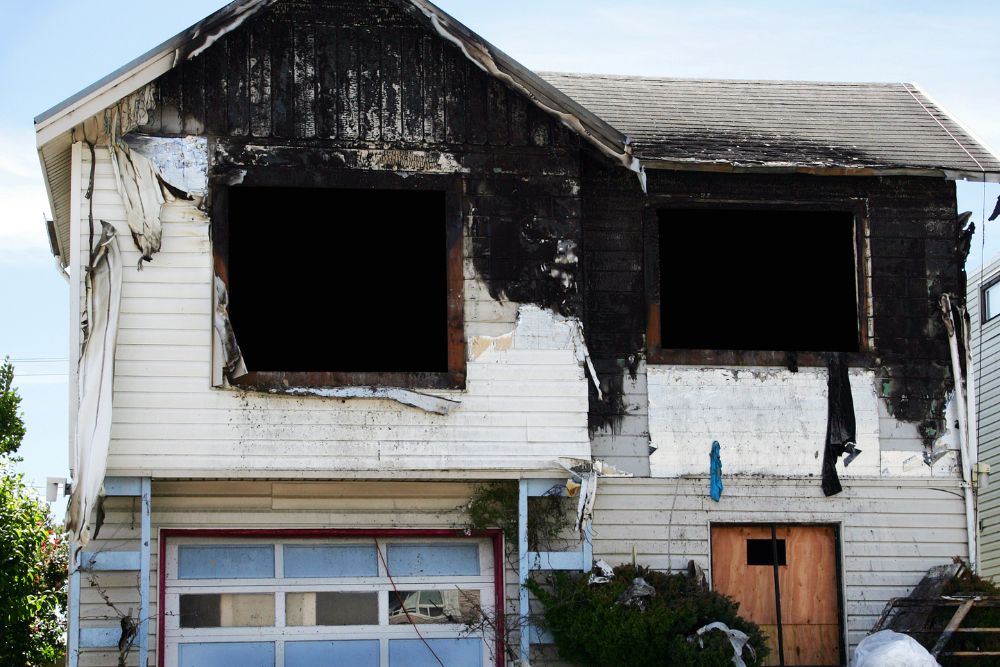Fire damage can leave homeowners feeling overwhelmed, but restoration is often possible with the right approach. This article explores the process of restoring fire-damaged properties in New Zealand and what homeowners need to know to bring their homes back to life.
Can a Fire-Damaged House Be Restored?
When Restoration Is Possible
In cases where the fire only impacted specific rooms or limited areas, restoration is generally feasible. With targeted repairs to affected spaces, along with thorough smoke and soot cleaning, homeowners can often return the property to a safe, livable condition.
If the fire hasn’t compromised the core structural elements—such as beams, walls, or the foundation—the house can typically be restored. Professionals can assess the stability of the building to determine what repairs are necessary to maintain its safety and integrity.
Houses where smoke and soot damage can be fully addressed are also strong candidates for restoration. Advanced cleaning techniques can remove harmful residues, preventing long-term odour issues and material degradation.
When Restoration May Not Be Feasible
If the fire has caused severe damage to the main structural elements, restoration may not be practical. In cases where the foundation, load-bearing walls, or roof have been significantly weakened, the cost and effort required for repairs may be prohibitive.
Fires that have extensively damaged electrical wiring or plumbing systems pose additional challenges. Replacing entire systems can be costly and, in some cases, might make rebuilding from scratch a more viable option than restoring.
In severe fires, certain materials, such as plastics, release toxic chemicals that can infiltrate porous surfaces. If these residues cannot be fully removed, the house may remain unsafe to inhabit. In such situations, demolition and reconstruction might be the safest option.
The Process of Restoring a Fire-Damaged House
Assessment of Damage
Before any repairs, a professional inspection is essential. Assessors will determine the extent of fire, smoke, and structural damage, providing a clear picture of what restoration involves. For New Zealand homes, it’s also crucial to assess for moisture and mould damage that can result from firefighting efforts.
Smoke and Soot Cleaning
Smoke and soot can penetrate deep into walls, ceilings, and flooring. Restoration professionals use specialised equipment and techniques, such as HEPA vacuums and chemical treatments, to thoroughly clean and deodorise the property. This process helps prevent lingering odours and future deterioration of materials.
Structural Repairs
If the fire has compromised any structural elements, repairs will need to address these areas to ensure the house is safe and sound. This might involve replacing damaged beams, roof supports, or walls. Local regulations in New Zealand require that all structural repairs comply with safety standards to guarantee the home’s integrity post-restoration.
Restoration of Affected Materials
Materials like carpets, insulation, and drywall often need replacement due to contamination or damage. Restoration experts can advise on what is salvageable and what should be replaced to meet New Zealand’s building standards and ensure a healthy living environment.
Final Inspection and Air Quality Control
Once repairs are complete, a final inspection is carried out to ensure the property meets safety regulations. Air quality testing may also be performed to confirm the home is free from harmful pollutants, ensuring a safe and healthy space for residents.
Additional Tips for Restoring Fire-Damaged Homes
Work with Local Specialists
New Zealand has specific building codes and regulations for fire-damaged properties. Working with local professionals ensures that the restoration process adheres to these standards, reducing the risk of future complications.
Consider Insurance and Financial Options
Check your insurance coverage to understand what’s included for fire damage. Some policies may cover structural repairs but not smoke cleaning or air quality testing. Understanding your coverage can help you budget effectively for any out-of-pocket expenses.
Be Aware of Potential Health Risks
Smoke and soot can leave harmful residues. Even after cleaning, these contaminants may impact indoor air quality. If anyone in the household suffers from asthma or respiratory issues, consider hiring an indoor air quality specialist for additional testing post-restoration.
Need Help Restoring Your Fire-Damaged Home?
Recovering from fire damage can be challenging, but professional help can make a difference. As experienced fire restoration specialists in Auckland, we’re here to help you restore your home safely and effectively. For expert assistance in fire damage restoration, contact our team today on 0800 843-776.

